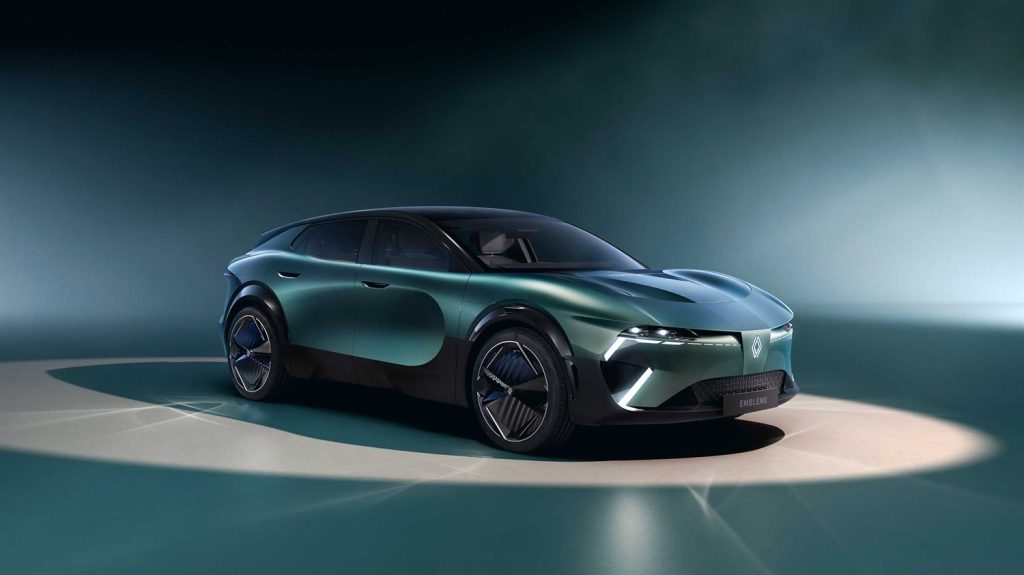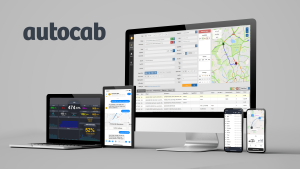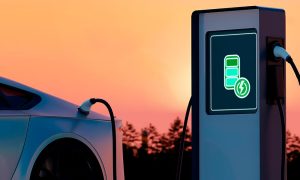Renault redefines the concept of sustainable mobility with the introduction of the Renault Emblème, an innovative vehicle that achieves a range of 1,000 kilometers thanks to its advanced combination of electric motor and hydrogen fuel cell.
This technological revolution marks a milestone in the automotive industry, providing a viable solution to eliminate the range limitations faced by traditional electric vehicles.
The Renault Emblème is equipped with a 160 kW electric motor and a 40 kWh NMC (Nickel-Manganese-Cobalt) battery, working in conjunction with a 30 kW fuel cell powered by low-carbon hydrogen.
This innovative configuration allows the vehicle to achieve a range of up to 1,000 kilometers on a single refueling.
Most impressively, hydrogen refueling takes less than five minutes, solving one of the biggest challenges in the adoption of sustainable vehicles: long refueling times.
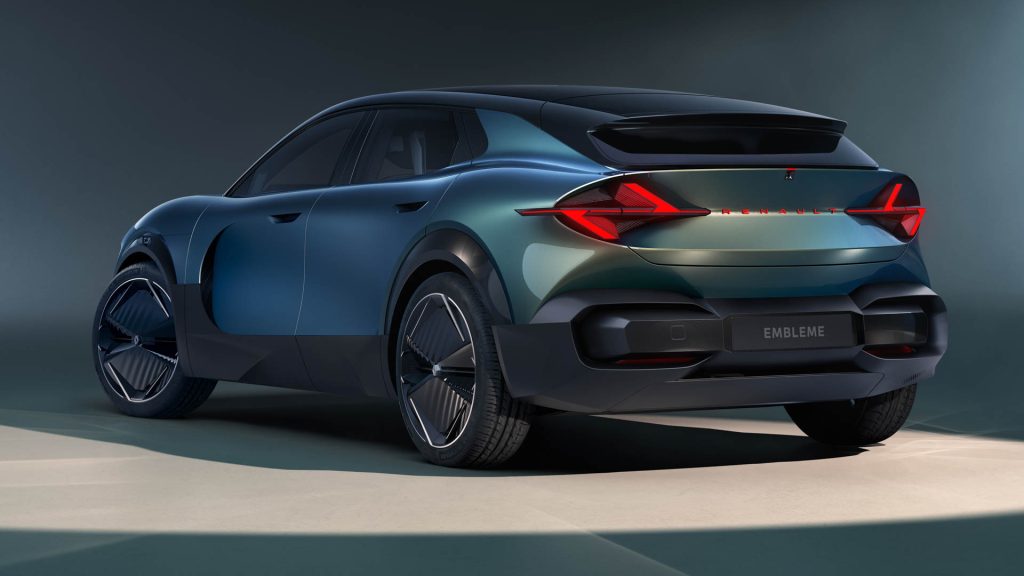
Also of interest: Volvo reduces emissions by 26% with electric vehicles
Technology Behind the Exceptional Range
In everyday use, the Emblème operates as a pure electric vehicle, taking advantage of technologies such as regenerative braking and a three-square-meter sunroof capable of generating up to 150 kW. This combination of energy sources ensures optimal performance over long distances, without compromising sustainability.
The 30 kW fuel cell installed in the Emblème uses low-carbon hydrogen, produced through renewable processes. This complements the electric battery, which is recharged both at conventional sockets and by capturing solar energy.

In addition, the energy management system ensures efficient distribution between the two sources, maximizing range and minimizing resource consumption.
The ability to travel 1,000 kilometers makes the Renault Emblème an ideal choice for long trips and intensive use, standing out from other electric vehicles that currently offer shorter ranges.
This breakthrough eliminates concerns about frequent charging and opens up new possibilities for the adoption of clean technologies in global markets.
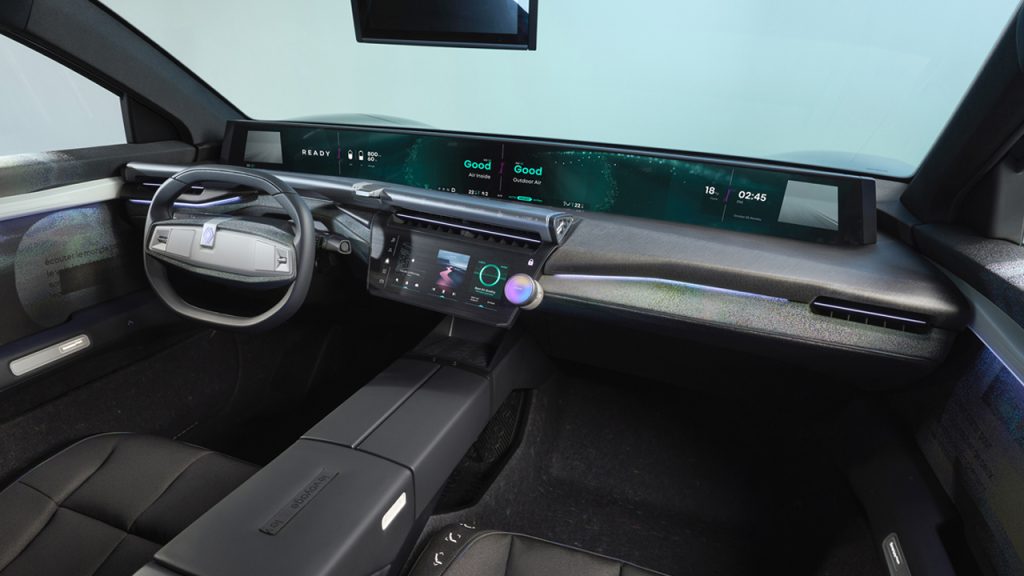
Transformative Environmental Impact
Renault designed the Emblème to reduce its carbon footprint by 90% over its entire life cycle. Compared to a conventional gasoline vehicle, which emits 50 tons of CO2 over 15 years, the Emblème limits its emissions to just five tons over the same period.
This achievement is possible thanks to the use of 50% recycled materials in its construction and a manufacturing process with 70% less carbon emissions.
In addition, more than 90% of the Emblème’s components will be recyclable at the end of its useful life, consolidating its position as a pioneering model in sustainability.
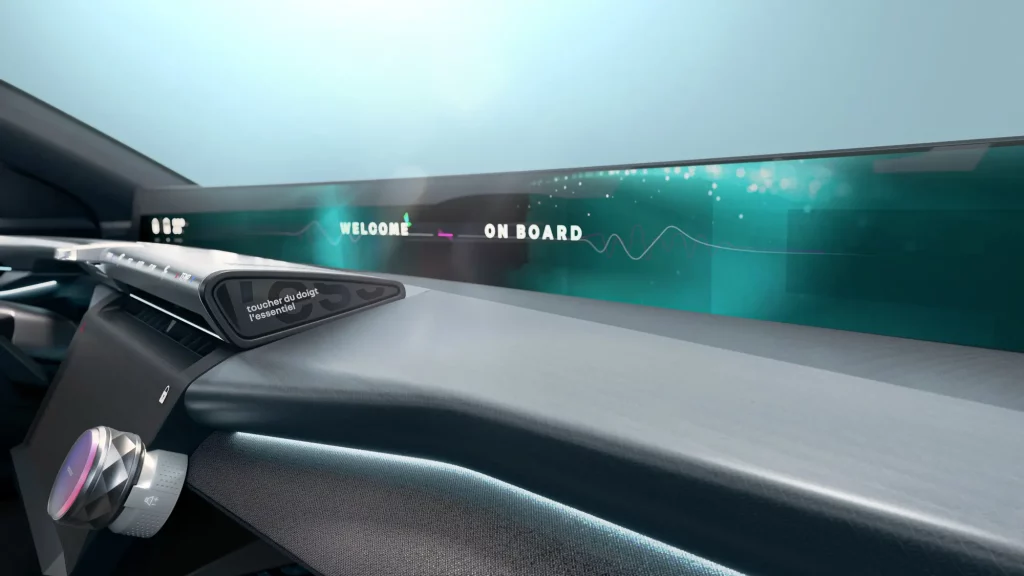
Moreover, Renault equipped the Emblème with a series of technological innovations that contribute to the vehicle’s performance and comfort, including rearview mirrors with cameras, ultra-light tires and interior materials made from natural fibers such as pineapple.
Its shooting brake design combines functionality and elegance, while its 1.2-meter curved panoramic screen with 8K resolution provides a futuristic driving experience.
Renault plans to use the Emblème‘s technologies to develop production models that could reach the market by 2035, as part of its strategy to achieve carbon neutrality in Europe by 2040 and globally by 2050.
“The Emblème not only redefines autonomy, but also what we mean by sustainable mobility. This concept is our response to the challenges of tomorrow: freedom, efficiency and environmental responsibility”
Fabrice Cambolive, CEO of Renault
